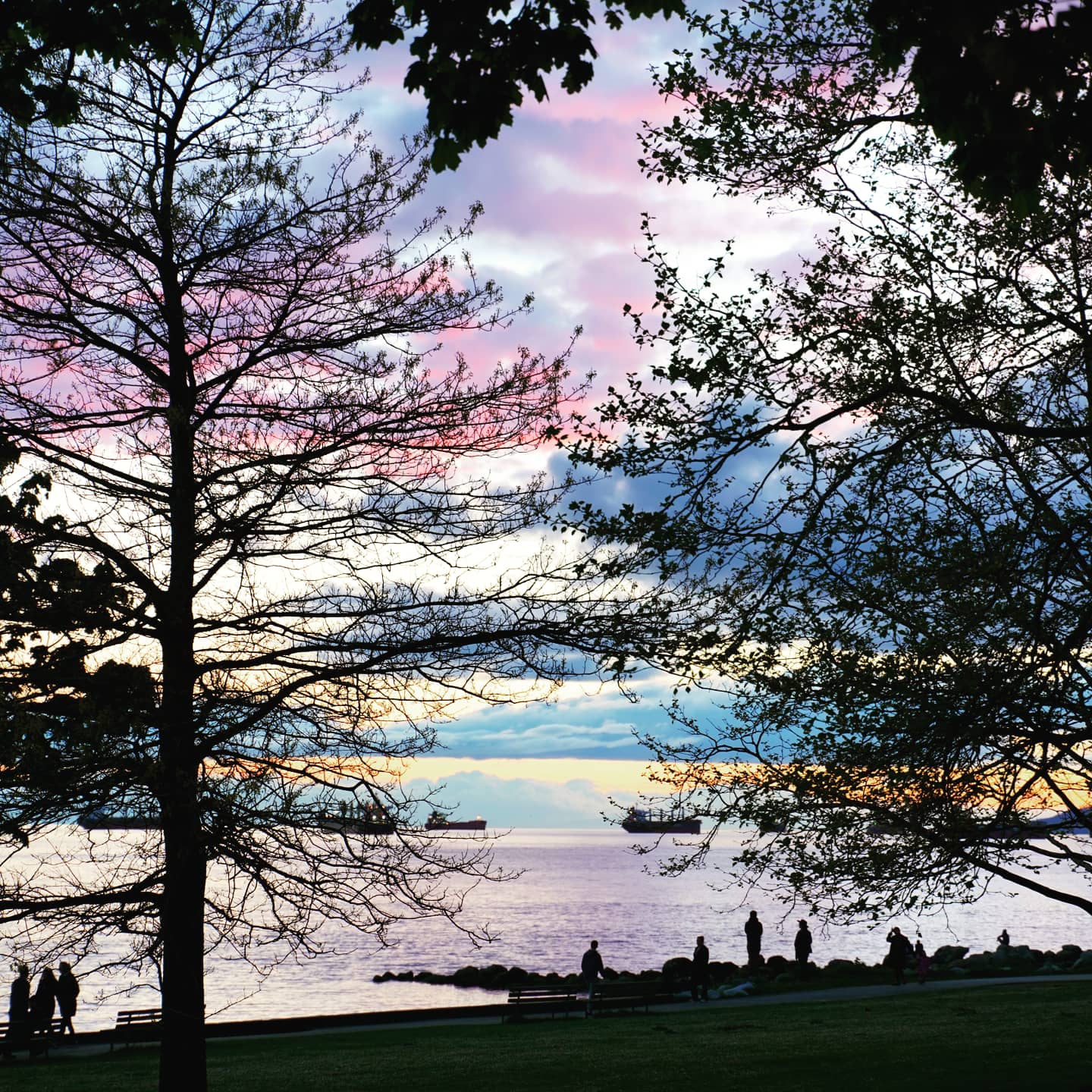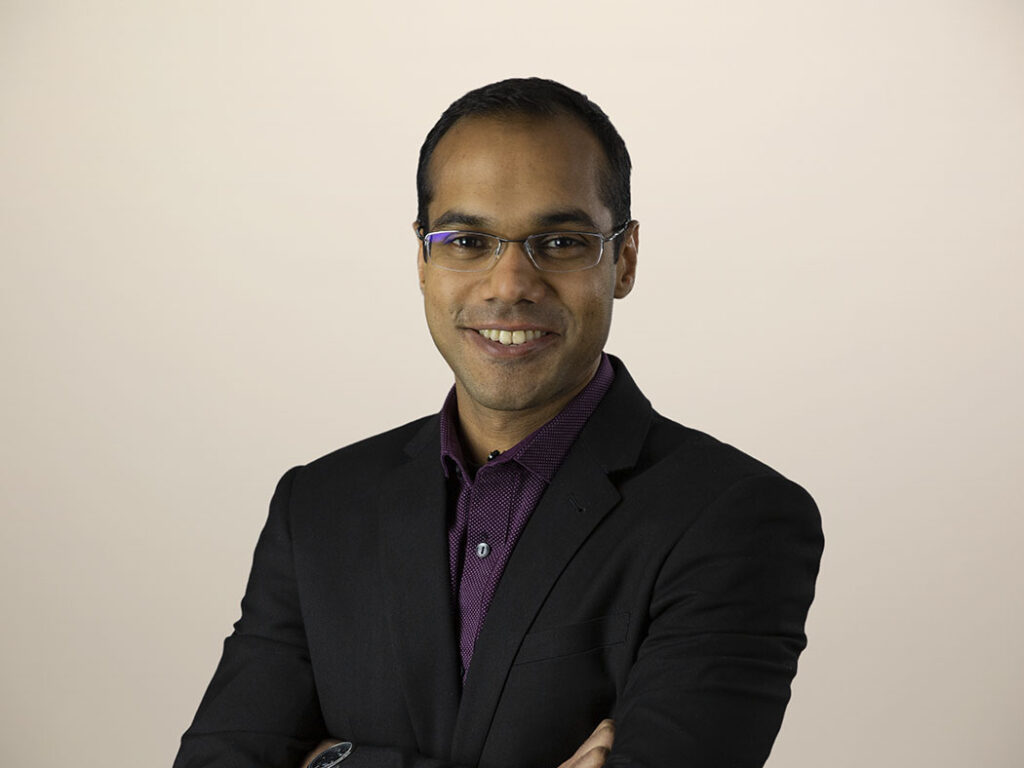Forr The Planet: Sustainability Interview Series — Akamai

Photo by Abhinav Sunil
In my research pursuit of technology sustainability, I speak with many technology and business leaders around the world about their sustainability initiatives. Occasionally, I encounter someone doing something special in this important business quest. I hope to interview as many of them as I can and share their insights with you.
This time, I had the opportunity to talk to Vinay Kanitkar, chief technology officer for global carrier strategy and Akamai Fellow; Bridget Meuse, senior industry marketing specialist; and Mike Mattera, director of corporate sustainability, all employed at Akamai.
I spoke with them particularly about how infrastructure optimization can be a North Star for sustainability efforts.
Abhijit: Can you tell us a little about the evolution of Akamai’s sustainability strategy over the years?
Vinay: Over the past 21 years I have been at Akamai, we have seen the internet evolve from web pages with tiny images on them to high-definition video and transactions requiring extreme reliability. Not only did people do new things with the internet but also at much higher scales. In 1999, we had 300 megabits per second of total traffic on our platform, and about half of that was Yahoo! Now, we look at peaks of 200 terabits per second of traffic, and content delivery is a completely different problem to solve at these scales.
In many iterations, our CEO has asked us to look at Akamai’s COGS (cost of goods sold), usually with the aim of reducing it. From 2003-04, we have constantly had efforts to make our servers more efficient, to use bandwidth more efficiently and make sure our network cards were doing the best that they could. We always looked at these things back then from the perspective of reducing Akamai’s cost, because during the first five years, we were not even profitable, so it mattered even more than it does now. What helped us transition into looking at sustainability in a big way is that all those efforts also helped Akamai be more sustainable and be more efficient. Every additional megabit per second we can serve out of a machine without increasing the power it uses not only reduces Akamai’s cost but also helps us scale our platform without emitting additional greenhouse gases or consuming power for cooling the servers. So these efforts ended up very nicely merging together. From an environmental perspective, the two big things for us are, first, to use as little energy as possible, and, secondly, to source as much of it from sustainable sources as possible and keep increasing that percentage until we get to 100%.
Abhijit: What you said resonates very well with us. I have always said to our clients that sustainability is synonymous with optimization. If you have sustainability as a North Star, then many of the initiatives that you undertake in your processes or products will end up optimizing those, and that returns business value.
Abhijit: What are the main sustainability goals over the past that you are very proud of? What initiatives stand out, in a business sense, that gave you immense returns over Akamai’s history up until recent times?
Vinay: From a business perspective, sustainability is a continuing project for Akamai. A key business benefit to Akamai has been improving server efficiency. Being able to serve more traffic, more transactions, and more edge computing workloads from the same amount of server infrastructure and power has been a huge advantage. We’ve increased the efficiency of our machines from a dollars perspective and watts perspective manyfold in the last 5–6 years. And not all of it is us; a lot of it comes from the people making the components that we use. For example, SSDs use a lot less power than spinning discs and processors; instead of trying to go for maximum clock speeds, they can operate many cores at lower speeds. But to take advantage of these technologies, we’ve had to do work — for example, writing a piece of software that runs on a very fast core and then breaking it up into small pieces of software that can run on processors with many slower cores while making it many times more efficient is true innovation. This is a constant battle we have to fight both internally as well as externally to prove that making stuff more efficient is innovation. It is not just new features and new apps that people generally think of as innovation, but efficiency is also innovation. You must get very good in software and hardware design to get that level of efficiency.
We just wrapped up another COGS initiative started by our CEO where we looked at questions such as suitability of new chipsets, or what if we did this heavy compute function in FPGAs, or how can we optimize our machines so that we are putting the right workloads and the right types of CPUs, drives, and network cards. I look at it as pure innovation.
Mike: Adding to Vinay’s point there, this innovation has helped us utilize power in a more responsible way by optimizing workloads. Having those innovations as a guiding principle helps us figure out ways that we can innovate on the approach to renewable energy, as well.
When we are working with our data center providers, we always review the innovations they are working on, as well. Whether that’s outdoor cooling, high efficiency batteries, or space utilization, one of our guiding principles is to look at how we best utilize what the facility is providing to us, with a goal to keep our operations efficient within our space.
Abhijit: Excellent! We love that quote about efficiency being also driven by innovation.
Abhijit: Are you winning projects because of sustainability? Would you say that the industry is at the point where customers are taking decisions based on sustainability?
Bridget: We do see that, and one example is the broadcast and media industry. We recently won an RFP with a Finnish broadcaster client against quite a few of our competitors, and we won with sustainability, because sustainability was 10% of that RFP. Sustainability put the points over in our favor. This is just one small example of how sustainability is becoming very important in purchase decisions. We have mostly seen this trend happen especially with European or Nordic companies.
Mike: In the past two years, Akamai has seen a major jump in RFP questions focused on sustainability. We see questionnaires even outside of the typical RFPs where customers are checking in on us after we have gone through an RFP process to make sure we are following up on our sustainability promises. With all the focus on supply chain sustainability today, we are continuing to see this grow more year over year.
Clients also want to know if we are actually working on fulfilling our commitments that we have made publicly. We see many surveys with similar questions from clients focused on gathering evidence on how we are making progress and the positive impacts we are having year over year. From my vantage, we will see more companies asking these questions and potentially even with higher decision weights on these critical questions. Sustainability progress certainly has a much higher value.
Abhijit: How do you see content discovery networks evolving in the future to be more efficient? What are some key changes that you predict are coming our way?
Vinay: There is a lot of potential work to better align workloads from all your customers, whether it is commercial websites like eBay or Airbnb, which are millions of tiny images. There is also the proliferation of OTT video, computing at the edge, and IoT-related use cases. As we transition into using the internet for absolutely everything, we have to deal with many more use cases. That is where aligning those use cases to the right kinds of resources matters — to make sure that our software and hardware design can actually accommodate all of these many different use cases and do it efficiently. Secondly, how CDNs interact with the underlying network will make a big difference. Because we need to think of not only our infrastructure but also on how we affect everybody else’s infrastructure. In the mobile network, once the bits leave our platform, they travel the entire access network, then on to radio to get to somebody’s device. The device is also consuming power. There are things we could do, where a potential collaboration with the network, device technology vendors, and operators could make the entire end-to-end ecosystem more efficient. I think that is going to be a big area of new research.
Abhijit: How you plan to manage scope 3 emissions that are beyond the direct control of Akamai? How do you extend sustainability initiatives with your supply chain partners?
Mike: We’ve been working with our data center partners since about 2013 on efficiencies. We strive to make sure that we’re optimizing the use of power, whether it be for cooling, UPS, or even the use of common-area lighting. Secondly, we have been working with our travel partners to identify areas where we can make sustainable choices with them when we get back to traveling.
Further, we have been taking a closer look at our direct supplier relationships — do they source responsibly and adhere to human rights and labor standards? — to ensure we are working with suppliers more closely coupled to what Akamai believes in. We are looking at this even more so now with the recent launch of our 2030 sustainability goals.
On the downstream supply side and how we handle end-of-lifecycle management, Akamai has done incredibly well. We have an e-waste program through e-Stewards and use e-Stewards-certified facilities, where the first phase is to assess reusability of hardware products, whether it’s hard drives, RAM, motherboard, or server chassis, and, secondly, to ensure that anything that does not have a useful purpose anymore gets properly recycled.
We are going to be working with our suppliers a little bit closer over 2021 and 2022, especially focused on our upstream suppliers, to establish a more formalized program so we can gather data and understand our top suppliers’ impact a bit more broadly. There is certainly a lot of opportunity here to have a positive impact with our suppliers for the future.
To learn more about sustainability, register for our upcoming complimentary webinar.
Abhijit: Thank you, Vinay, Mike, and Bridget, for your time and speaking about these insights!
